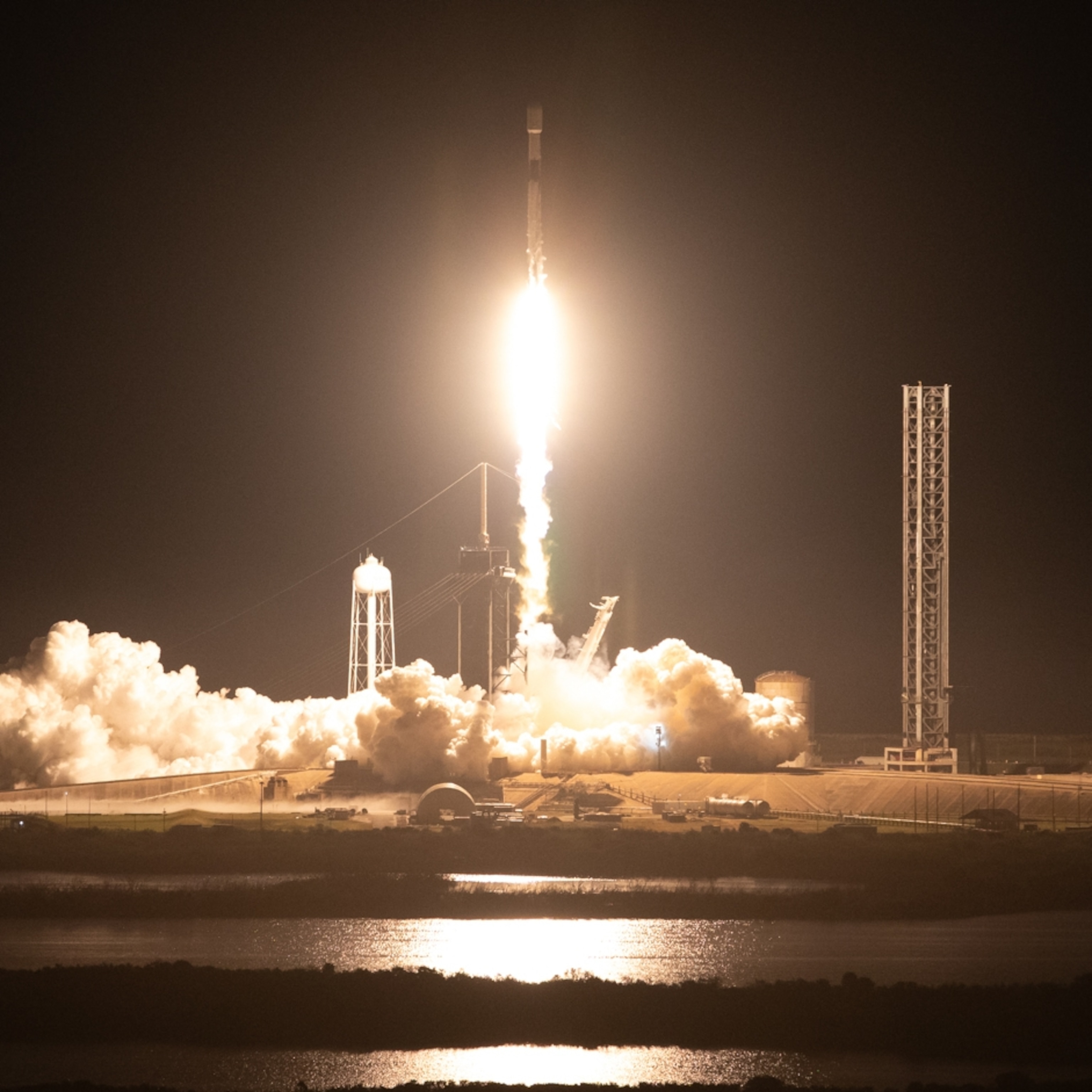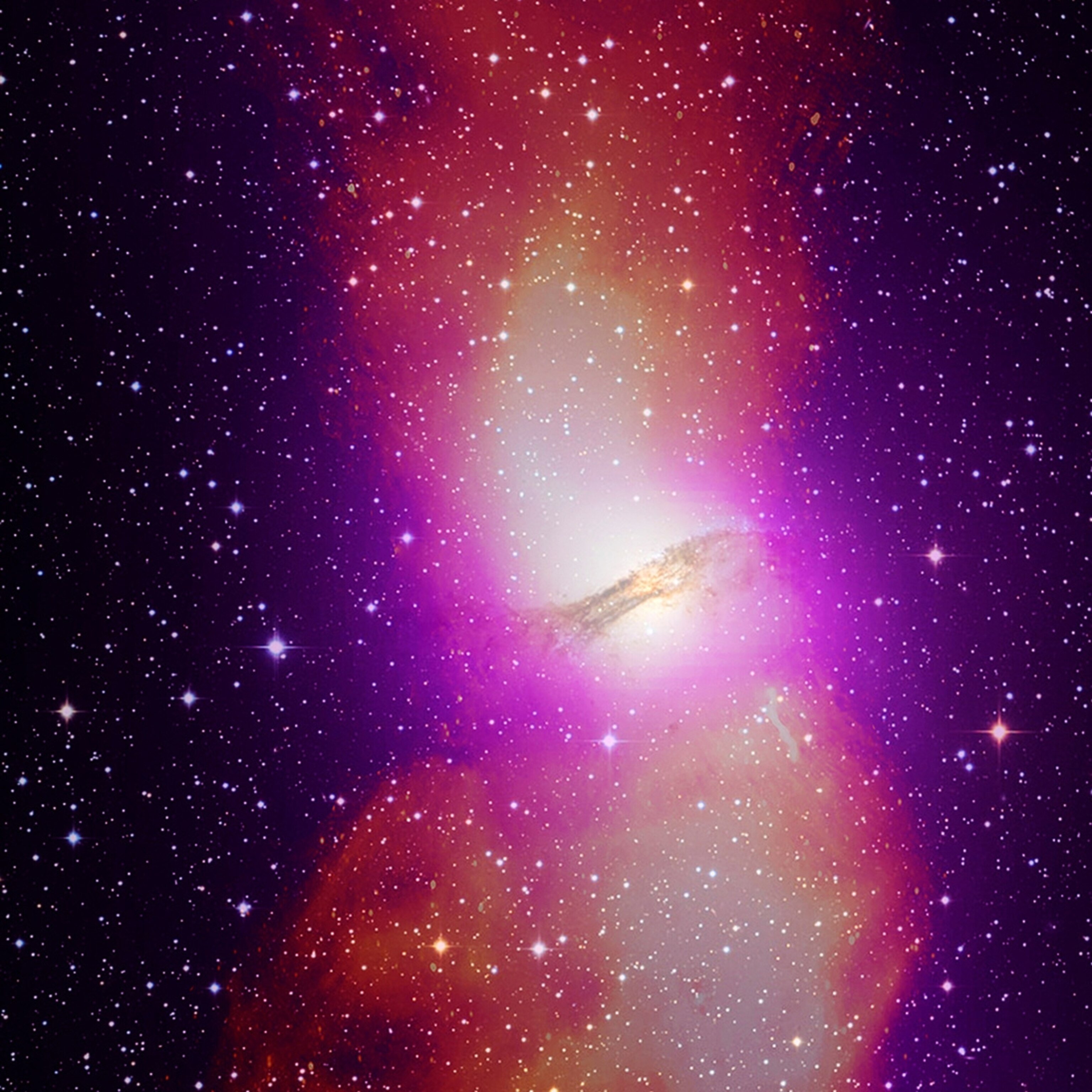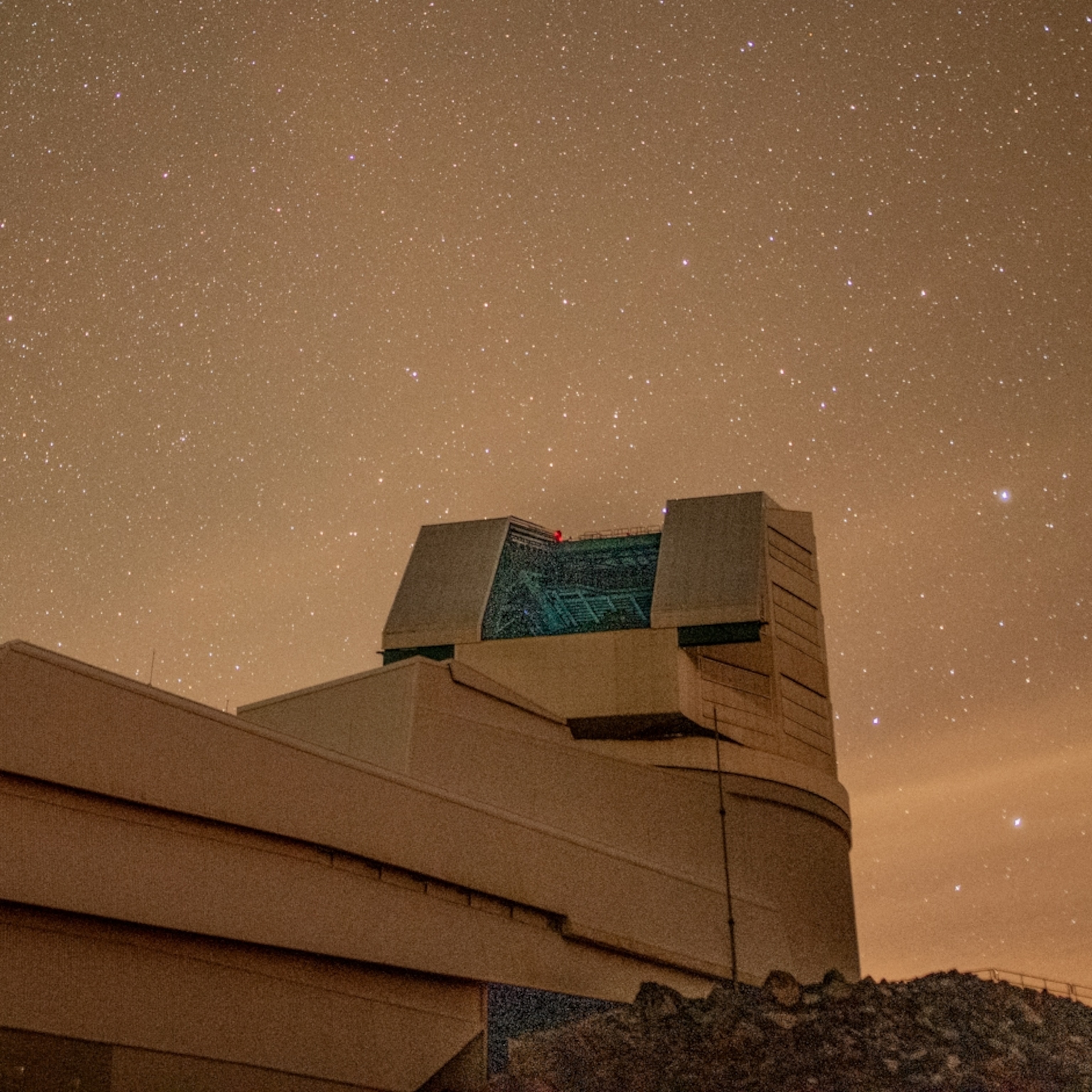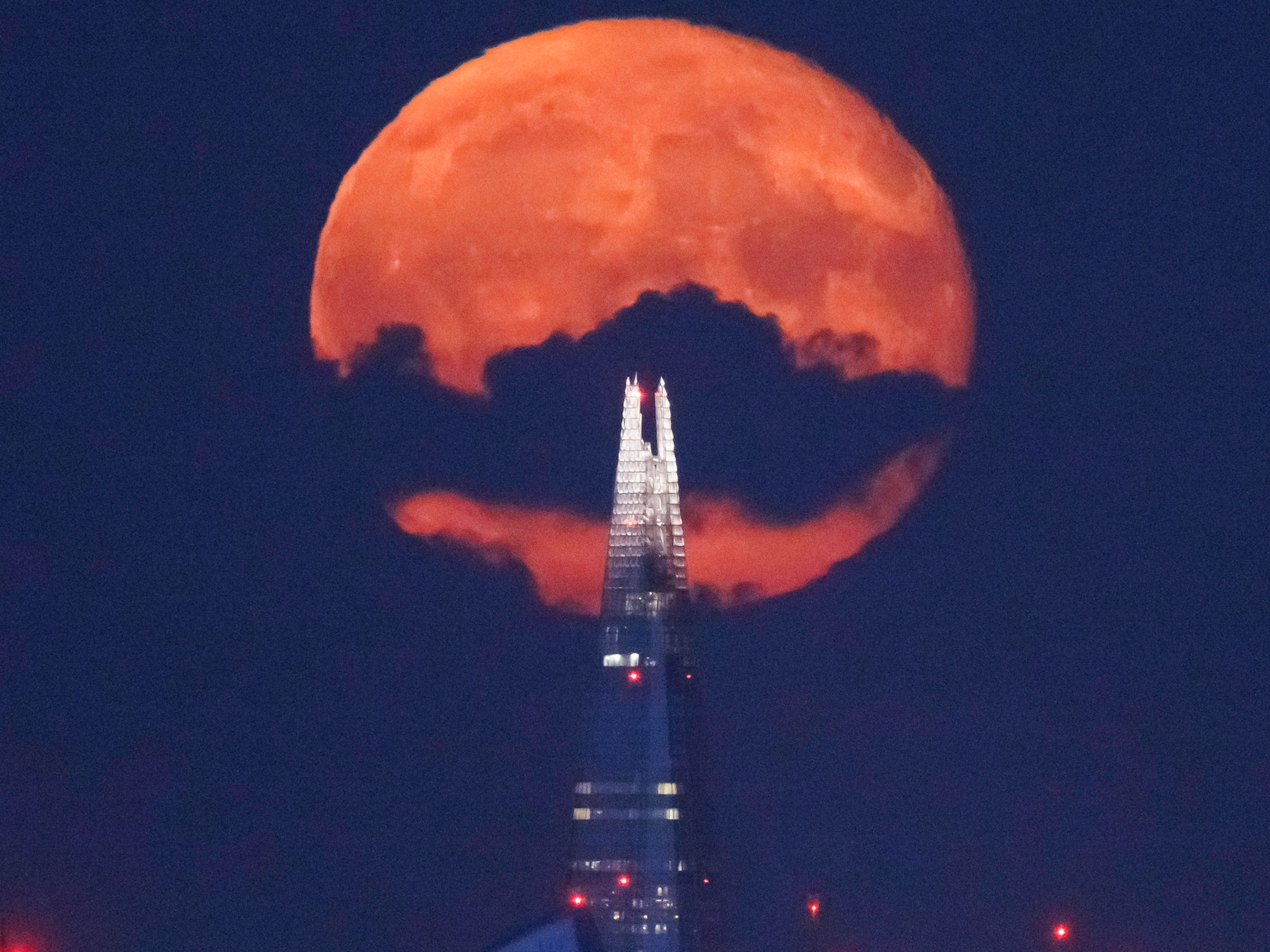
Hayabusa Spacecraft Returns With Fiery Show
Japanese probe may have brought back asteroid dust.
A Japanese spacecraft containing what could be the first rock samples taken directly from an asteroid returned to Earth in a showy fireworks display over the weekend.
(Watch a video of the probe's reentry.)
Arriving right on schedule, the Hayabusa spacecraft streaked across the skies above a vast desert in central Australia on June 13 at 11:51 p.m. local time. The probe jettisoned a small sample return capsule before breaking up and disintegrating in a shower of sparks in Earth's upper atmosphere.
The capsule continued its descent as a bright pinpoint of light for several more moments before deploying a parachute and landing in a sparsely populated military-testing zone in the South Australia (map) outback known as the Woomera Prohibited Area.
A search helicopter confirmed the capsule's location around 1 a.m. local time on June 14 and a team of scientists returned later that day to retrieve it.
The capsule is currently being housed at a scientific base in the town of Woomera, where it is being prepared for export to Japan for study.
The capsule's safe return caps a seven-year, four billion miles (six billion kilometers) space journey that took Hayabusa to a near-Earth asteroid and back.
Return of the Falcon
The Japan Aerospace Exploration Agency (JAXA) launched the craft—dubbed Hayabusa, or "falcon" in Japanese—in 2003. The probe rendezvoused with the small near-Earth asteroid Itokawa in 2005, where it lingered for several months before heading back toward home.
Despite a few glitches along the way—including problems with the instruments designed to take samples—it's possible Hayabusa managed to collect a small amount of asteroid dust and gas.
Hayabusa's sample container was designed to hold up to ten milligrams of material, but "we'll be very happy if we get a cubic millimeter back," said team member Trevor Ireland, a planetary scientist at the Australian National University (ANU) in Canberra.
"That's much smaller than a match head ... but we can pretty much tell what's going on from that amount of material." (Related: "Water Discovered on an Asteroid—A First.")
Scientists won't know for sure whether they'll be any precious cargo to study until the container is opened in Japan, Ireland said.
"We're literally in the dark about whether we've got something there to analyze or not."
Hayabusa's Return Will Make Twin Fireballs
Hayabusa and its return capsule were visible as twin, incandescent fireballs for about a minute to anyone within roughly 100 to 200 miles (200 to 300 kilometers) of the reentry point. The spacecraft's trajectory, however, did not take it over any heavily populated areas.
(Related: "Spacecraft Explodes Like Fireworks on Reentry" [with video].)
Hayabusa's refrigerator-size and mostly aluminum main body broke up and was destroyed as expected during reentry. But the 16-inch (40-centimeter) return capsule was equipped with a high-tech heat shield and a parachute that helped it make it safely down to Earth.
The retrieved space capsule will be flown to a specially-built JAXA facility in Japan to be opened sometime the following week.
"We're not really set up in Australia to ... minimize the risk of contamination and maximize the returns" of the capsule opening, Ireland said.
First "Pure" Asteroid Sample?
The sample-return part of Hayabusa's mission has been full of suspense. During the course of its seven-year trip, the spacecraft has suffered a string of mishaps.
For instance, en route to the asteroid Itokawa, the craft's solar cells were damaged by a powerful solar flare, limiting its energy supply and prolonging the time it took to reach the asteroid. Once "parked" near the asteroid, an altitude adjustment error sent the craft's exploration robot MINERVA tumbling into space.
What's more, during one of Hayabusa's few successful landings on Itokawa, a metal-projectile system crucial for collecting asteroid samples failed to deploy.
However, scientists think it's possible some gas and dust may have been funneled into the spacecraft's collection chamber during its landing. (Find out what Hayabusa has already revealed about Itokawa's "shaking rubble pile" makeup.)
And if there's anything inside the capsule, Hayabusa's cargo could give scientists a first glimpse into what asteroids are really like. The findings could offer new insight into the formative years of our solar system, scientists say, because asteroids are the rocky leftover building blocks of planets and moons.
"We don't currently have any asteroid samples," Ireland said.
Technically, what scientists have now are meteorites—usually small asteroid chunks—that have survived the passage through Earth's atmosphere but have been irrevocably scarred in the process.
"Their original surfaces are pretty much lost," Ireland said. "This will be the first time we can actually look at the surface of an asteroid and look for things such as space weathering, and how the solar wind interacts with rocky material, and so forth."
A preliminary group of international scientists, including Ireland, has already been selected to perform the initial examination of any "pure" asteroid sample inside the capsule.
"All of the inspection initially will be done in Japan," Ireland said.
If there is enough of the sample to go around, in about a year JAXA will distribute some of the precious bits of space rock to other research centers around the world.
Building a Better Heat Shield
Even if Hayabusa's sample container comes up empty, the mission could still be a success: The state of the capsule after reentry could lead to engineering advances that will benefit future space missions, said Peter Jenniskens of the NASA Ames Research Center in California.
Although not officially part of the Hayabusa team, Jenniskens and colleagues watched the reentry from aboard a modified NASA DC-8 research airplane flying at an altitude of about 39,000 feet (about 12,000 meters).
"The aircraft allows us to be above the weather," Jenniskens said. "If you observe from the ground, you have a lot of dust and water vapor between you and the capsule." (Related pictures: "NASA Guts 747, Adds 17-Ton Telescope.")
The aircraft was about 125 miles (200 kilometers) from the Hayabusa fireballs had a good view of the capsule's heat shield, which pulsated between red, orange, and yellow during reentry.
The team will later use the exact colors to estimate the temperatures the capsule experienced during different points of the reentry process and to evaluate the heat shield's performance.
ANU's Ireland said that after seven years of anticipation, he and his colleagues will wait however long it takes to find out what's inside the capsule.
"There isn't a scientific rush" to open the capsule, Ireland said. "Everybody wants to be as careful as possible not to damage the sample. But if we get the capsule and say, Hey, this is in really good condition, I don't think we'll be hanging around too long."








